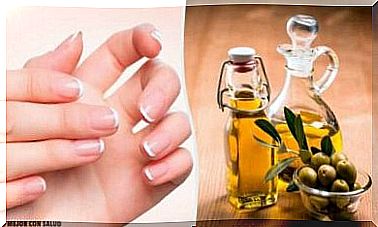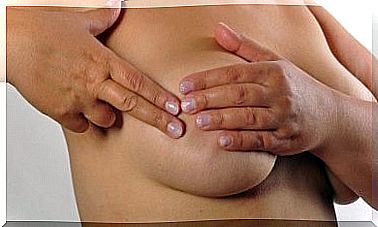The Best Way To Clean An Aquarium
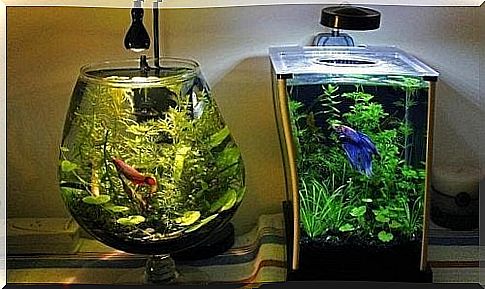
Generally, we should place our fish in a ventilated area of the room where they are. The water traps substances from the environment that attach to the walls. In addition, the fish make their own little mess. However, no matter where your aquarium is, it is important to keep it clean.
Are you ready to learn to let your fish live in a clean and healthy environment ? Continue reading.
What do you need to clean an aquarium?
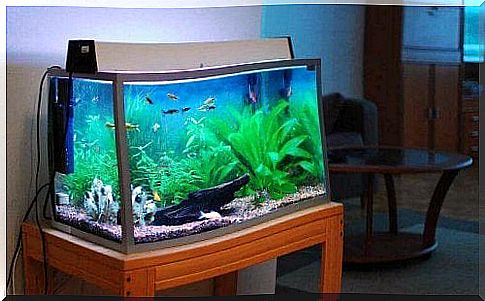
To get started, it is important that you have everything ready, including towels, because it is likely that you will spill some water out of the aquarium while cleaning it.
Remember that your priority should be to have the least possible impact on the fish. This is why the water must be removed little by little. These are the materials you need to have on hand to start cleaning:
- 1 empty bucket
- Clean towels
- 1 water hose
- 1 algae scraper
- 1 net
- Any funds you have been recommended where you bought the aquarium
How to clean the aquarium properly?
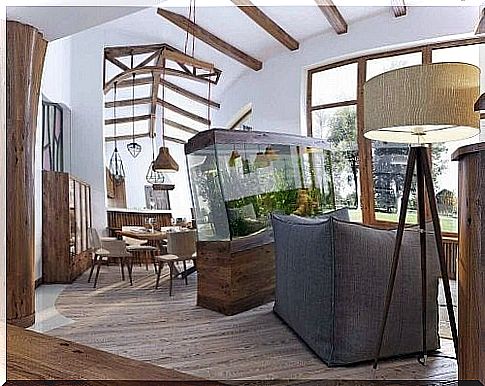
Again, we would like to remind you to be very careful not to disturb the fish so as not to harm them.
- Lay the clean towel around the aquarium to absorb water you spill. Place several towels around it if the first one is not enough.
- Very carefully, remove all ornaments from the tank and clean them with a sponge and warm, running water, which has nothing toxic to the fish in it, such as copper.
- Be sure to remove any algae they may have. Do not use strong cleaning agents, as they may leave residue inside the item and damage your fish. The chemicals found in cleaning soaps are toxic to fish.
- Clean the aquarium with an algae scraper. Perform ascending and descending movements, slowly. Use first the hardest part of the scraper and then the softer surface.
- Then use the net to remove dirt that accumulates on the surface.
What you do afterwards
- Continue by removing some of the water with the hose. Place the smallest end of the hose (or the special tool you may have) down in the aquarium and the widest part in the empty bucket.
- Make gentle but quick movements with the hose in the aquarium until the water begins to come out through it. If you have access to one, you can also use a small pump that makes the job easier.
- Place the hose on the gravel that is dirty so that it sucks off some of the dirt. Be careful not to suck up any stones that may get stuck in the hose.
- When you only have 15 or 20% water in the aquarium, remove the hose. You do not need to clean all the gravel in the aquarium, just some parts.
- Reinstall the clean decorations.
- Add clean tap water to the aquarium to complete the cleaning. Add any funds you have been told to add. When pouring in clean water, make sure you do it slowly, in a corner, so that you do not disturb the fish.
Recommendations for cleaning an aquarium
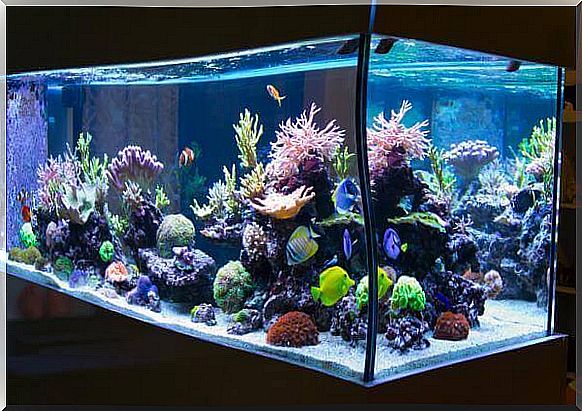
- Wash the aquarium at least once a week.
- Do not use bleach or soap of any kind, as this may poison the fish.
- If you see algae growing on the fish, clean the aquarium immediately.
- Use the aquarium cleaning tools for that purpose only. Otherwise, you can introduce bacteria that can harm your fish.
- There are some fish called “cleaner fish” (like a small catfish ) that eat debris floating in the water. Before introducing them, make sure they are compatible with the fish already in the aquarium.
- Make sure that the new water that you are going to introduce is of the same temperature as what is already in the fish tank, to avoid the fish suffering from thermal shock.
- Finally, it is important to be aware that the more fish there are in an aquarium, the faster the water gets dirty.
- If you have plants, be sure to remove them carefully and wash them well.

